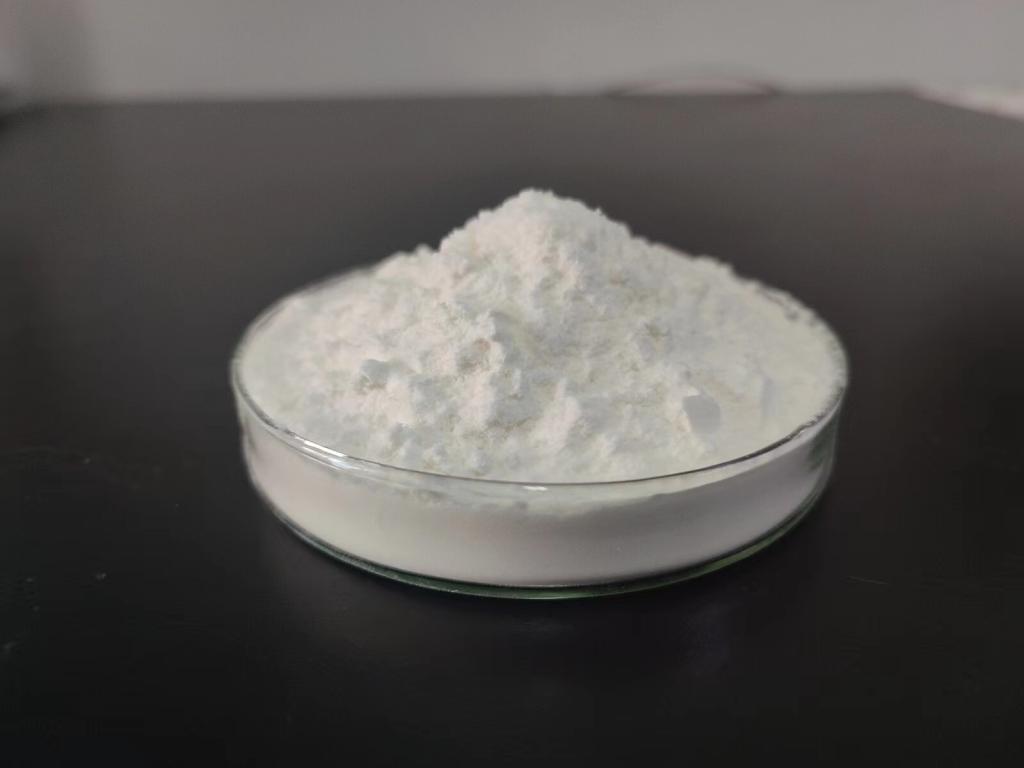Tel:+8618231198596

News
 CONTACT
CONTACT
 CONTACT
CONTACT
- Linkman:Linda Yao
- Tel: +8618231198596
- Email:linda.yao@dcpharma.cn
- Linkman:CHARLES.WANG
- Department:Overseas
- Tel: 0086 0311-85537378 0086 0311-85539701
News
Current Position:
Home >
News
>ε-Polylysine hydrochloride in pharmaceutical formulations for microbial control.
ε-Polylysine hydrochloride in pharmaceutical formulations for microbial control.
TIME:2024-05-10
Antimicrobial Properties of ε-PL-HCl:
ε-PL-HCl exhibits potent antimicrobial activity against a wide range of microorganisms, including bacteria, fungi, and viruses. Its ability to disrupt microbial cell membranes and inhibit essential cellular processes makes it an effective antimicrobial agent for pharmaceutical applications. Furthermore, ε-PL-HCl has demonstrated low toxicity, minimal propensity for inducing resistance, and compatibility with various pharmaceutical excipients, making it suitable for use in drug formulations and medical devices.
Mechanisms of Action:
The antimicrobial activity of ε-PL-HCl is mediated primarily through its interaction with microbial cell membranes. As a cationic peptide, ε-PL-HCl binds to negatively charged components of microbial cell membranes, leading to membrane disruption and leakage of intracellular contents. Additionally, ε-PL-HCl may interfere with essential cellular processes, such as DNA replication and protein synthesis, further contributing to its antimicrobial effects. These mechanisms of action make ε-PL-HCl an effective preservative and antimicrobial agent for pharmaceutical formulations.
Applications in Drug Formulations:
In drug formulations, ε-PL-HCl can be used as a natural preservative to inhibit the growth of microorganisms and extend product shelf life. It can be incorporated into oral dosage forms, topical preparations, and parenteral formulations to enhance product stability and safety. Furthermore, ε-PL-HCl may have potential applications in drug delivery systems, such as liposomes, nanoparticles, and hydrogels, to control microbial contamination and improve drug efficacy.
Applications in Medical Devices:
In medical devices, ε-PL-HCl can help prevent microbial colonization and biofilm formation, reducing the risk of device-related infections. It can be incorporated into catheters, implants, and wound dressings to maintain device sterility and minimize the risk of nosocomial infections.
Applications in Sterile Preparations:
In sterile preparations, such as injectable drugs and ophthalmic solutions, ε-PL-HCl can be used as a preservative to maintain product sterility during storage and use. It can help prevent microbial contamination and ensure the safety and efficacy of sterile pharmaceutical products.
Current Research and Future Prospects:
Research on ε-PL-HCl's applications in pharmaceutical formulations is ongoing, with efforts focused on optimizing formulations, evaluating safety profiles, and exploring novel delivery systems. Future research directions may include conducting clinical studies to assess the efficacy and safety of ε-PL-HCl-containing pharmaceutical products in various patient populations and infection settings.
Conclusion:
ε-Polylysine hydrochloride holds promise as a natural and effective antimicrobial agent for use in pharmaceutical formulations. Its antimicrobial properties, mechanisms of action, and compatibility with pharmaceutical excipients make it a valuable ingredient for enhancing product safety and efficacy. Continued research and innovation are essential to fully realize the potential of ε-PL-HCl in pharmaceutical products for microbial control and infection prevention.
- Tel:+8618231198596
- Whatsapp:18231198596
- Chat With Skype







